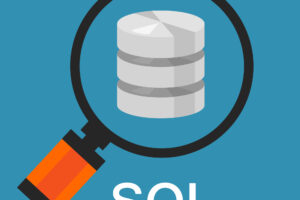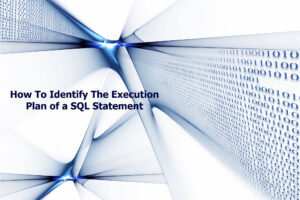Oracle Multitenant Architecture Is Here To Stay!
Oracle Multitenant Architecture is the only way to go in version 21c. Are you ready for it?
With version 12c the traditional, non-CDB architecture was deprecated, and with version 20c this architecture was de-supported. This means going forward Multitenant is the only way. As an Oracle DBA, you must become familiar with the architecture, components and administration! The main purpose of the Multitenant Architecture is to consolidate multiple databases. There are multiple ways to consolidate databases and servers, therefore this is a great option for certain situations: when you have databases that are not big resource consumers, those are perfect candidates for consolidation!
In the Multitenant Architecture, there is one database (the CDB) and one instance (one SGA + one set of background processes). The database is setup as a Container Database, thus the name CDB. This is the actual physical database.
The CDB can have zero or more Pluggable Databases aka PDBs. The PDBs are a collection of tablespaces, users, schemas, schema objects etc.
The container database, the CDB, has the memory and the background processes allocated, as a result the individual PDBs do not have memory and background processes allocated to themselves. Remember, very important, one CDB, one instance!
To be a successful DBA, you must understand and know the main components of the CDB.
The 5 Components of the Container Database:
1) The Root Container, CDB$ROOT. The PDB databases belong to the root container, they are plugged into the root container. The data dictionary and the common users can be found in the root container. Without a root container, there is not CDB, so this is a mandatory component.
2) Pluggable databases are the “logical” structures of tablespaces, users, schemas, various objects, application data. A CDB can have 0ne or more PDBs. In version 21c, the maximum number of PDBs in a CDB is 4098. PDBs are optional in a CDB, however that is the whole point of the container…to have pluggable databases.
3) Application Container is a special container within the CDB. It has an application root and could have PDBs plugged into the application root. This is also an optional component.
4) The Seed PDB is created when you create the database. Each CDB has only one seed, PDB$SEED, which is a system supplied template used for creating PDBs within the CDB. This is a mandatory component.
5) The System Container is the logical container of the whole CDB, all the components mentioned above together.
Most of the database administration skills you learned for a traditional Oracle database, still apply for the Multitenant Architecture! However, you will need some new knowledge to properly administer the Multitenant databases!
Checkout our tutorial and classes below to start learning now!
Free Video Tutorial
Multitenant Database is Coming: Resistance is Futile
Training with Oracle Certified Master DBA John Watson
If you are ready to immerse yourself in the Multitenant world, we have two excellent class options to get you started:
Oracle Database: Managing Multitenant Architecture (16h)
Oracle Database: Accelerated Multitenant Architecture (8h)
Stay tuned for more content!
Diana
Tag:CDB, CDB$ROOT, DBA, multitenant architecture, Oracle, oracle database, PDB, PDB$SEED



